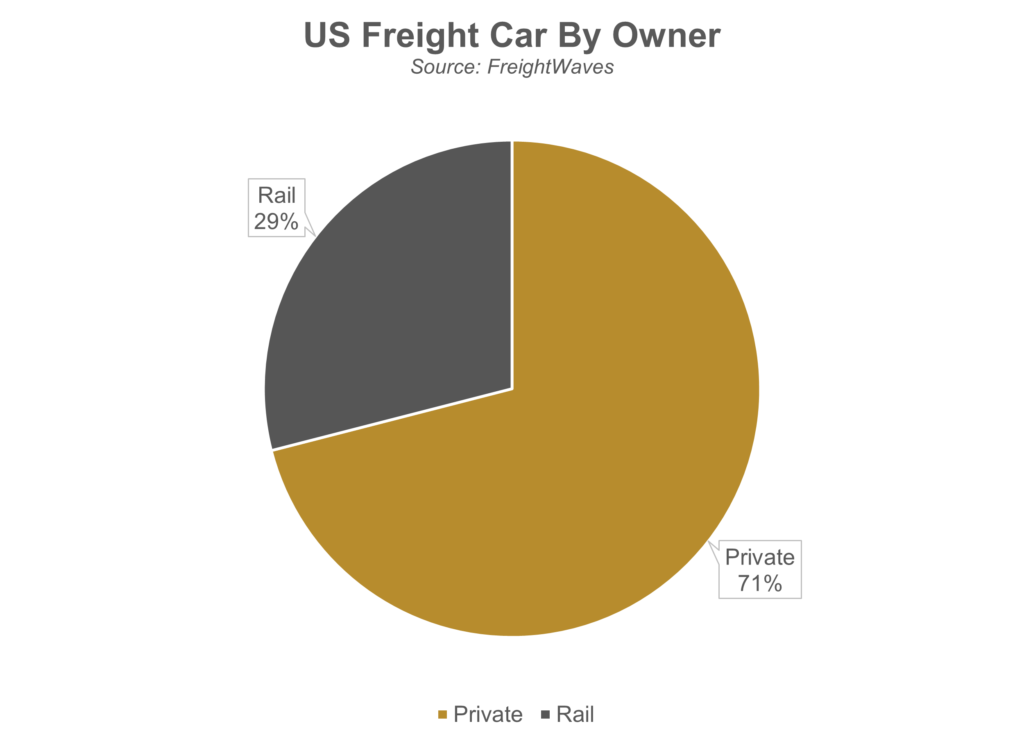Strategic Cost Management: Uncovering Supply Chain Inefficiencies

- CLICK HERE TO READ THE ARTICLE PUBLISHED IN GLOBAL TRADE
- CLICK HERE TO READ THE ARTICLE PUBLISHED IN THE JUNE 2022 ISSUE OF HYDROCARBON PROCESSING (LOGIN CREDENTIALS REQUIRED)
- CLICK HERE TO READ THE ARTICLE PUBLISHED IN PERMIAN BASIN OIL & GAS MAGAZINE
- CLICK HERE TO READ THE ARTICLE PUBLISHED IN SUPPLY & DEMAND CHAIN EXECUTIVE
- CLICK HERE TO READ THE ARTICLE PUBLISHED ON THE OGM
Controlling costs is critical for any energy company. Firms may spend to grow through acquisition, new business development, gain market share, or invest in new opportunities. However, as a business activity also decreases following this period of growth, what happens to the variable costs? If companies have planned strategically, their variable costs fall directly proportional to their activities. If, on the other hand, they have invested without careful execution of the growth strategy, they may be stuck with higher variable costs despite the lower activity.
This asymmetrical relationship can be found through comparisons of selling, general, and administrative (SG&A) and cost of goods sold (COGS) to a comparison of sales. If the decrease in SG&A and COGS is not proportional to the decrease in sales, then it’s worth investigating to uncover the costs in the supply chain. According to the CPA Journal, costs will typically be sticky if adjusting capacity downward in response to a decrease in sales is more challenging. Let’s examine this statement in the context of hydrocarbon supply chain management a bit more.
Adding Capacity: A Supply Chain Dilemma
Firms add capacity during periods of growth for many reasons. According to one Morningstar analyst, “Consolidation makes sense — economies of scale will enable firms to lower supply costs; less fragmentation will ensure a more efficient response to price signals and inventory constraints.” This line of thinking was held during the early phase of the pandemic by Devon Energy and WPX Energy. They announced a merger in late 2020 to build a dominant position in the Delaware Basin so neither had to slog through the demand uncertainty on their own. A larger economy of scale combined with a rationalization of activity helped to control initial costs.
READ MORE: Supply Chain 2022 Prediction: Companies Must Fully Embrace ESG
Companies add capacity to expand their networks to reach new markets or capture greater margins. In the case of PBF Energy, the company looked to broaden its reach of selling finished goods beyond just its West Coast Torrance Refinery. In February 2020, it completed its acquisition of the West Coast Martinez Refinery, which added to the existing capacity in Southern California. The economics can be quite favorable to add value by delivering the finished product to locations closer to customers. By enhancing an existing network, options were now available to optimize cheaper feedstocks from overseas. The acquisition also brought with it additional deepwater marine facilities, product distribution terminals, and product storage facilities. The expansion offered more optionality to marketers with increased production, logistics, and storage.
Businesses also add capacity because of the specialized logistics that may be required to move a particular product. Crude refiners and specialty chemical manufacturers share this burden. Railroads aren’t going to provide free railcars that are specialized for hauling the products. So, if a shipper is high-volume, then they must decide whether to lease or purchase their fleet. Most downstream companies with substantial volumes operate fleets of railcars. Though the railroads own some cars, the pendulum has swung to companies owning and leasing fleets of their own. The typical railcar lease is seven years. The typical ownership timeline is approximately 30 years. These are major capital outlays to support a supply chain strategy.

Managing The Supply Chain
In the case of supply chain management, it seems that expansion and control over your supply chain and logistics go counter to strategic cost management. As presented in the examples above, that can indeed be the case. In each of the examples, management teams weighed the pros and cons of contracts vs. leasing vs. owning. In the end, control of the inventory and movement of the products won out over cost management. The reason this occurred is the overall importance at the time that refiners placed on having complete control over their shipments of cheap crude domestically.
That’s not to say, though, that you cannot have your cake and eat it too. It’s possible to have strategic cost management if you recognize the vision and strategic imperative behind certain costs. Before you act on expansion, it’s important to evaluate the processes that the company will be taking on. For example, when Calumet Superior built a $10 million rail facility across the street from its refinery, it suddenly entered rail and railcar management.
READ MORE: Lulled Into Complacency: How (Over) Managing Working Capital Harms Supply Chain Resiliency
According to the refinery manager, the movement of crude was “never intended to be a major part of operations.” Ask yourself: do you have the core competency and skills needed to perform the necessary functions in both the short- and medium-term? Is this a competency that your company wants to develop and grow over time? Will it continue to be a competitive advantage? Or is the expansion opportunistic and fleeting and will it need to contract when the market activity reduces? Such was the case with Philadelphia Energy Solutions, which had to pay $30 million quarterly to North Yard Logistics even if the refinery was receiving little to no crude based on the terms of a deal.
The best protection against lumpy, long-term costs that burden a company is visibility and transparency. Implementing a digital strategy allows for the total cost to serve customers to be calculated and evaluated continuously. Digital transformation doesn’t mean having one single enterprise resource planning (ERP) system that replaces all the best-of-breed logistical solutions. Instead, focus on the interfacing of the logistical systems into a central hub where the costs can be analyzed and compared against the sales. Chances are that the commercial deals and transactions may be missing some of the costs to serve customers. Simply put, logistics can make or break the trade.
On The Offensive: Strategic Cost Management
It’s important to be strategic in the analysis of the supply chain and not purely defensive. In the end, controlling costs isn’t about gutting your supply chain and disposing of assets at the first sign of a downturn in activity. Rather, it’s a continuous insight into the true embedded costs and constant discussion as to how to manage those costs through different commercial terms. It’s about developing critical insight into the underlying factors that drive your supply chain and setting up the business processes to maximize the investment. It can also be the foundation for asset-backed trading and increased commercial sophistication.
By maintaining clear insight into the supply chain network and the true cost to serve, management can focus on maximizing profit. The implementation of optimization software is critical to model and create a digital twin of the supply chain. The optimization software ingests the inputs from logistical systems, trading systems, and operations. It will solve for objective functions like maximizing profit or minimizing costs. Armed with these results, management can now gain insight into their customers and better forecast demand. They can tweak the model to ensure that the supply chain is used most efficiently over time. A strong management team will pick up on signals and patterns in the data by watching the forecasted demand and analyzing where they take the product for the best netback price. Additionally, by recognizing where the competitive advantage may be lost or market share conceded in a particular geography, a management team can recognize when it needs to sell down the capacity appropriately.
Related Insights
Our experts are here
for you.
When you choose Opportune, you gain access to seasoned professionals who not only listen to your needs, but who will work hand in hand with you to achieve established goals. With a sense of urgency and a can-do mindset, we focus on taking the steps necessary to create a higher impact and achieve maximum results for your organization.
LeadershipGeneral Contact Form
Looking for expertise in the energy industry? We’ve got you covered.
Find out why the new landmark legislation should provide a much-needed boost for the development of carbon capture.




